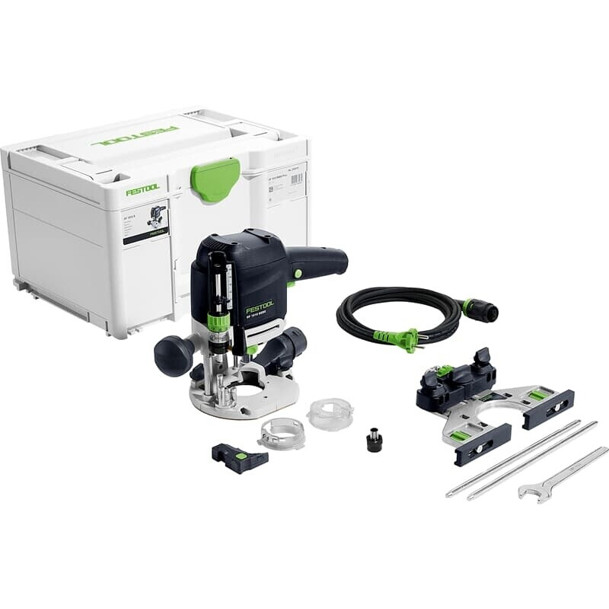Understanding Stationary Planer Prices: A Comprehensive Guide
For woodworkers and carpenters at any level, a stationary planer is a necessary tool for attaining accuracy and harmony in wood thickness. Just like any power tool, the price of a stationary planer can differ commonly based on a number of elements such as brand, size, functions, and efficiency capabilities. In this article, we'll explore the various elements that influence the rates of stationary planers and provide insights into what purchasers should think about when buying.
Aspects Influencing Stationary Planer Prices
When it concerns buying a stationary planer, a number of elements enter into play that affect the prices:
1. Brand Reputation
- Well-known brands with a history of quality typically command higher rates.
- Popular brands consist of Dewalt, Makita, Grizzly, and Jet.
2. Motor Power
- The power of the motor, measured in horsepower (HP), can considerably affect the price.
- More powerful motors usually handle bigger jobs and harder materials however come at a premium.
3. Cutting Width and Capacity
- Planers come in various sizes designed for different wood preparation jobs.
- Wider planers cost more due to their increased capability and performance abilities.
4. Feature Set
- Features such as adjustable speeds, digital screens, and additional blades can increase the cost of a stationary planer.
- Higher-end designs might offer sophisticated technology for enhanced efficiency and surface.
5. Quality of Build
- A well-constructed machine generally offers longevity and less vibration, which adds to much better outcomes.
- Products utilized in construction (aluminum, cast iron) and the general design can affect both price and performance.
6. Service Warranty and Customer Support
- Longer warranties and reputable customer care can make a stationary planer worth a greater preliminary financial investment.
- Premium brand names frequently provide prolonged warranties as a testament to their tool's resilience.
Price Ranges of Stationary Planers
To offer a clearer point of view on the rates structure across various designs, here's a table breaking down the price varies based upon the elements talked about:
| Category | Price Range (GBP) | Features |
|---|---|---|
| Entry-Level Model | ₤ 200 - ₤ 400 | Fundamental performance, smaller sized models, appropriate for hobbyists. |
| Mid-Range Model | ₤ 400 - ₤ 800 | Greater motor power, widened cutting width; perfect for serious woodworkers. |
| Professional Model | ₤ 800 - ₤ 1500 | Heavy-duty construction, advanced features, ideal for industrial use. |
| Premium/Industrial Model | ₤ 1500 and above | Top-tier performance, outstanding build quality, made for extensive applications. |
Popular Stationary Planer Brands
Here are a few of the leading brand names in the world of stationary planers and their notable features:
1. DeWalt
- Significant Model: DW735X
- Key Features: Two-speed gearbox, 13" cutting width, powerful 20,000 RPM max cutter speed.
2. Makita
- Noteworthy Model: 2012NB
- Key Features: Compact style, 12" cutting width, built-in laser for precision.
3. Grizzly
- Significant Model: G0505
- Key Features: Heavy-duty construction, 15" width, and offered attachments for better performance.
4. Jet
- Significant Model: JWP-208HH
- Key Features: Helical cutter head for a remarkable finish, 20" cutting width.
5. Powermatic
- Noteworthy Model: PM2244
- Key Features: Integrated helical cutter head, exact height change system, built-in movement package.
Pros and Cons of Investing in a Stationary Planer
Pros
- Higher Precision: Stationary planers provide constant and precise cuts.
- Toughness: Built to withstand heavy usage, providing long-term value.
- Smoother Finishes: Often produce much better surfaces compared to portable designs.
- Flexibility: Suitable for a large range of woodworking tasks.
Cons
- Expense: Higher preliminary financial investment compared to other woodworking tools.
- Area Required: They need significant workshop area.
- Potentially Heavy: Many models can be troublesome to walk around.
Often Asked Questions (FAQ)
1. What's the distinction in between a stationary planer and a portable planer?
Stationary planers are bigger, more robust, and designed for durable use. In contrast, portable planers are lightweight and more versatile to different places however usually have less power and capacity.
2. Can I use a planer for products besides wood?
While stationary planers are primarily developed for wood, some can deal with softer products like plastics. Nevertheless, Mauernutfräse Für Beton should be required to prevent damaging the blades.
3. Is it worth investing in a high-end stationary planer?
If woodworking is a frequent pursuit or if you're working on high-stakes jobs, a high-end planer is a beneficial investment due to its resilience, precision, and typically remarkable surface.
4. How often should I sharpen or replace the blades?
The frequency of sharpening or changing blades depends upon use. Regularly check the blades; replacing them after several jobs or when you observe a decline in efficiency is a good idea.
5. Is sound a worry about stationary planers?
Yes, stationary planers can generate substantial sound. It's advisable to wear hearing protection and consider purchasing sound-dampening services for your workshop.
Purchasing a stationary planer can elevate the woodworking experience, permitting accuracy and quality in projects that need consistent wood thickness. With a variety of pricing options readily available, comprehending what affects these prices can help purchasers choose a model that satisfies their needs and budget. By thinking about elements such as brand, power, features, and overall build quality, woodworkers can make informed choices causing successful woodworking ventures.

